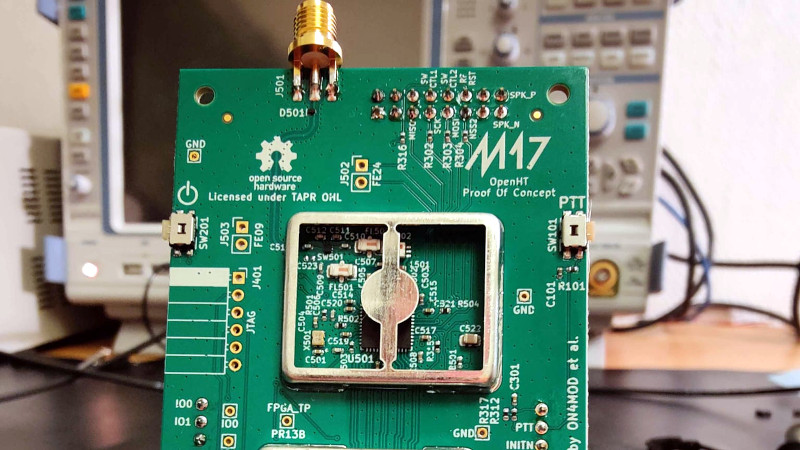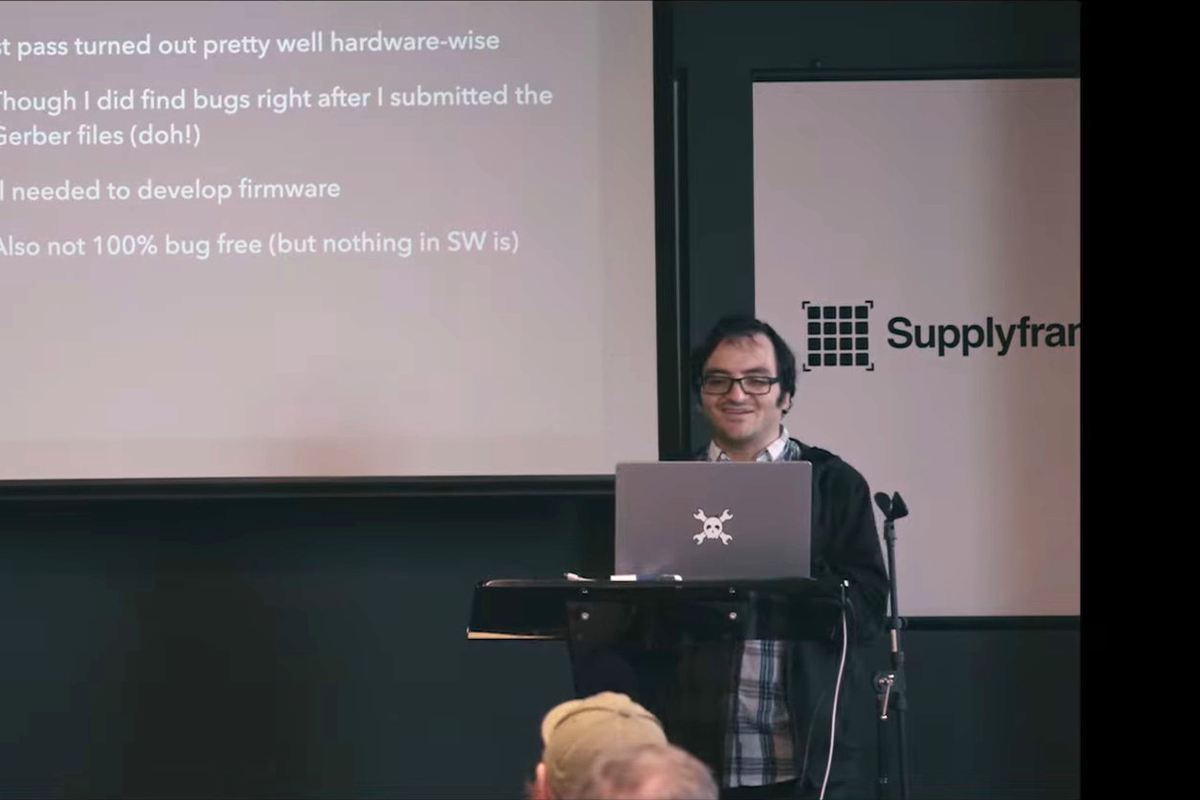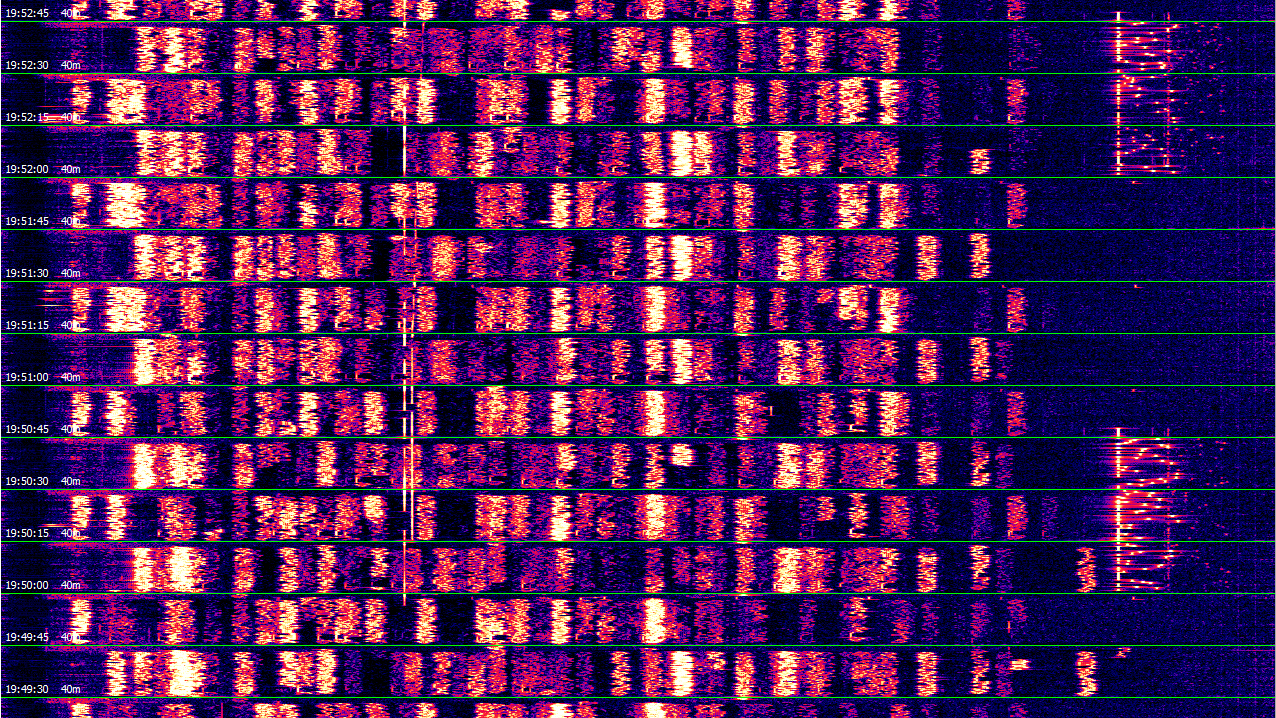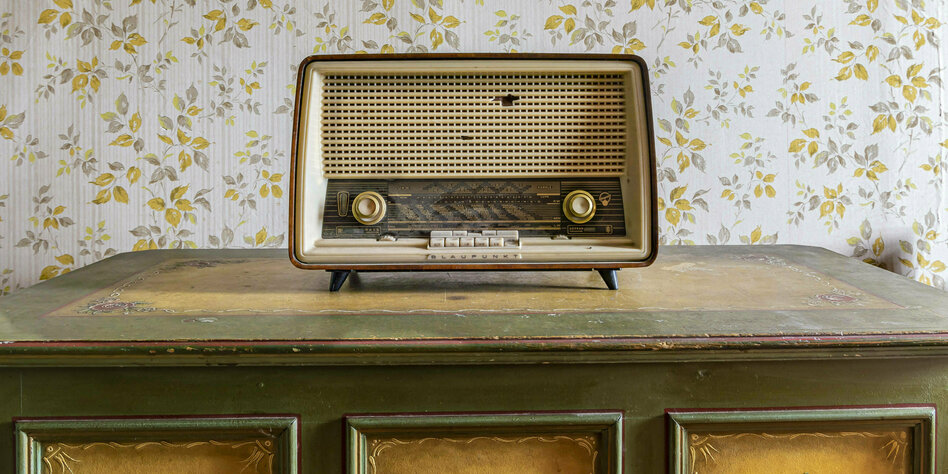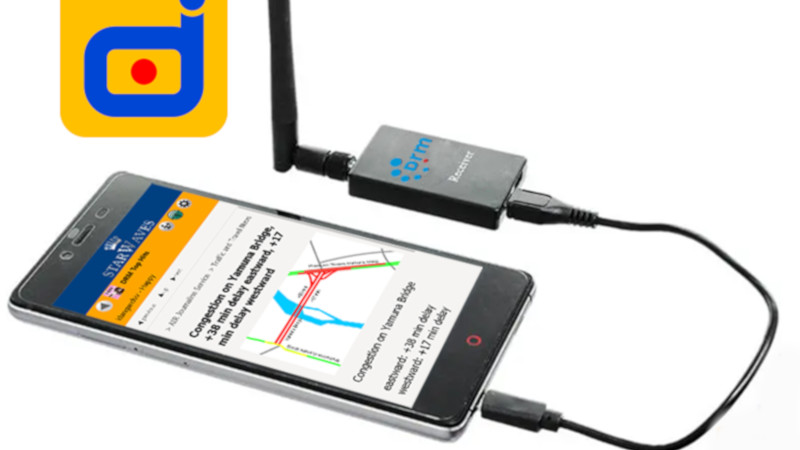One person like that
#digitalradio
Betamax vs VHS Again? Digital Radio Has A Number Of Broadcasting Standards Globally
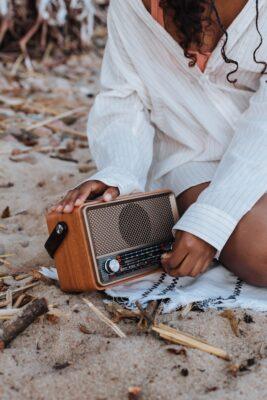
Until today, I’d mainly been hearing about DAB as a digital radio standard to replace AM and FM analogue broadcasting. Then today I heard about DRM (thinking it was ham radio DMR Motorola standard), and realised there is more than just DAB out there.
Without going into the technicalities (as I’m still picking up on all this and our own country was still to make a decision between DAB+ and DRM), DAB is chiefly adopted by the UK, DRM is very European-centric, HD Radio is North America, and China Digital Radio is of course Chinese.
The older standards are better established and more ‘popular’ as far as adoption goes. So, as with VHS and Betamax, or PAL and NTSC, it does not mean the most used is always the ‘best’ one technically. It is a matter of which country adopts what according to their own criteria.
The important thing though is that digital requires less electrical power, less radio spectrum, and can carry more programming stations than older analogue like AM and FM. We saw the same with amateur radio, actually, with digital modes like JS8Call digital mode punching through the static way further than an analogue signal.
So digital is clearly the future of radio. For example, the DAB+ standard would allow 18 different programming stations to exist off a single transmitter, using around 75% less electrical energy to cover the equivalent footprint that 18 FM analogues stations would have provided. So from an aggregated signal distribution perspective, this is way better. Again we saw the same with ham radio, where more than one station could use the same digital frequency, requiring only one repeater frequency.
So as a listener, your choice is really easy. For whatever country you are in, you have to use that standard (for local radio, anyway). As I understand it, HD Radio is a proprietary standard, whilst DAB+ and DRM+ are open standards, but technically there is no reason why a digital radio could otherwise not support more than one of these standards on the same radio receiver (much like many older radios support both AM and FM standards).
So if you do import a radio, be sure to check that it supports your country’s standard. Also be aware, older standards such as DAB are not forward compatible with newer DAB+, so unlike analogue, you may have to ditch your receiver if the standard upgrades in future (unless they can receive software patches).
Unlike VHS and Betamax though, one of these standards will not likely rule worldwide, and it will be more a case of PAL/NTSC or Metric/Imperial standards just exiting together.
See https://en.wikipedia.org/wiki/Digital_radio
#Blog, #DAB, #digitalradio, #DRM, #HDRadio, #technology
2 Likes
2 Likes
1 Shares
Beim Hören in der Minderheit
Obwohl sie in Neuwagen längst Pflicht sind, nutzt nur etwa jeder vierte Haushalt in Deutschland DAB+. Dabei haben Digitalradios viele Vorteile. http://www.taz.de/Verbreitung-von-Digitalradios/!5795497/ #taz #tazgezwitscher #tageszeitung #Digitalisierung #Öffentlich-Rechtlicher #Rundfunk #Digitalradio
One person like that


Endlich Erfolg...
Seit einigen Jahren versuche ich mit verschiedenen Empfängern Digitalradio auf Kurzwelle erfolgreich zu empfangen. Und gestern ist es mir endlich gelungen. Nicht nur, dass der Empfänger recht stabil arbeiten muss. Auch muss die Antenne galvanisch vom PC entkoppelt sein wegen Störungen. Zum Glück hatte ich noch einen kleinen HF-Übertrager herumliegen.
Aber das alleine reicht natürlich nicht. Man benötigt zusätzlich zur SDR-Software auch noch eine DRM-Dekoder Software. Diese wird über ein virtuelles Audiokabel mit dem SDR-Empfänger verbunden.
Blöderweise hat sich DRM auf Kurzwelle nie richtig durchsetzen können. Empfangsgeräte sind rar. Und funktionsfähige Software auch. Die frei verfügbare Software DREAM funktioniert in der aktuellen Version mal gar nicht. Und bis ich eine alte, noch funktionsfähige Version gefunden habe, war ich kurz vorm Aufgeben. Auf einer berüchtigten malwareverseuchten Seite bin ich dann fündig geworden, habe die Software aus der virenverseuchten Hülle gepult und installiert. Und tatsächlich, anstatt Gequietsche und Fading, wie man es von Kurzwellenradio gewohnt ist, kam es in Telefoniequalität aber störungsfrei aus dem Lautsprecher.
Warum mache ich sowas? Weil ich es kann! Natürlich ist es sinnfrei, da alle Kurzwellen-Auslandsradios auch über Internet zu empfangen sind. Und ausser einiger Testsendungen aus Rumänien, Frankreich und angeblich auch BBC und Deutsche Welle zu bestimmten Tageszeiten gibt es DRM-Digitalradio sonst nirgendwo.
Beweisvideo hier: https://f.kj.gd/drm.mp4
#funk #sdr #drm #digitalradio #kurzwelle #shortwave #radio
@actro@pluspora.com
6 Likes
1 Shares
One person like that
1 Comments
1 Shares
